Lower pain can come when we least expect it. Picture this: in the middle of a busy day, you drop your pen, bend down to pick it up, and feel a sharp pain in your back. The problem of pain in the lumbar region affects many people, regardless of age and gender.
Pain in the muscles of the lower back – one of the causes of general discomfort in the lower back, which is very easy to miss because it is not visible in the pictures. Today estet-portal.com will tell you how to solve this problem with stretching.
Pain in the muscles of the lower back – causes and risk factors
There are various factors that make you vulnerable to low back pain. Among them:
- obesity;
- lack of physical activity;
- diseases of the spine and the musculoskeletal system in general;
- age;
- psychological stress;
- smoking;
- features of work;
- depression, etc.
Identify what is bothering you – pain in the muscles of the lower back or a more serious problem, the doctor will help during the examination.
If the presence of a serious pathology in the lower back was excluded by X-ray and MRI, it is worth considering the option of "muscular" source of pain.
Lower muscles that can be a source of pain
Below, we'll look at six muscles that are most commonly damaged and cause low back pain. There are also stretches under each lower back muscle that can relieve discomfort.
In each end position, you need to linger for 20 seconds, and the number of repetitions on each side is 4 times.
- The extensor muscles of the spine run along the spinal column in the midthoracic and lumbar-thoracic region. They work in a group to stabilize the spine and can often cause pain if the person slouches, lifts, falls, or twists sideways.
Spine extensor stretch
Start position
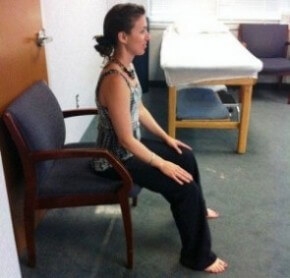
End position
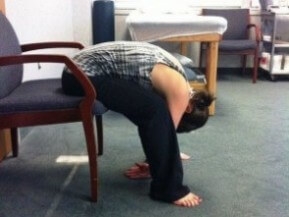
- The quadratus lumborum is most often "guilty"; in the occurrence of back pain. It runs from the ilium to the 12th rib and is involved in flexion of the spine, and is also responsible for its lateral stability and hip elevation. Pain in this lower back muscle can result from flexion, heavy lifting, injury, and heavy bending.
Square lumbar stretch
Start position
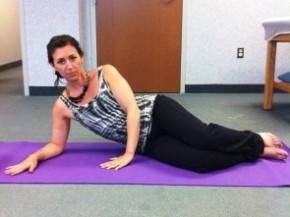
End position
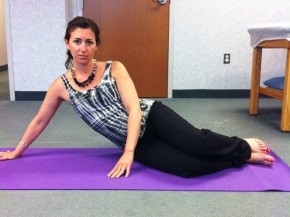
- The psoas muscle, which is attached to the femur and the lumbar vertebrae, is responsible for flexing the hip and turning it outward. In people who have been in a sitting position for a long time, pain in this muscle occurs most often.
Psoas Stretch
Start position
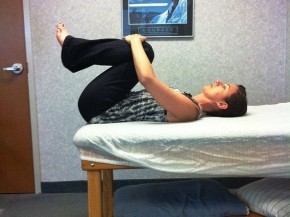
End position
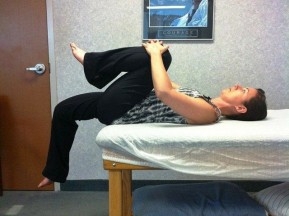
- Abdominal muscles. The abdominal muscles flex and rotate the body, as well as stabilize the spine. In some cases, trigger points in the abdominal muscles can cause lower back pain and reduced ability to stabilize the spine during functional tasks. Causes of pain include: painful menstruation in women, endometriosis, coughing and vomiting.
Abdominal Stretching
Start position
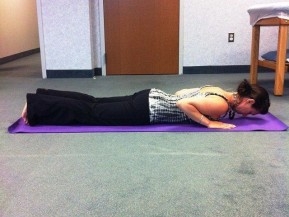
End position
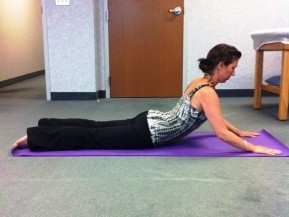
- Serratus posterior inferior, which connects the spine to the 9th & 12th ribs and is involved in the process of exhalation. Pain usually occurs in the area directly above the muscle.
Serratus posterior inferior stretch
Start position
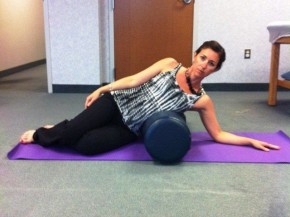
End position
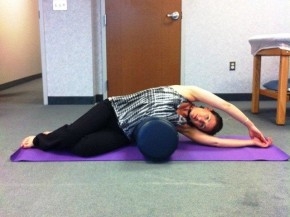
- Butt muscles. The gluteus medius muscle connects the ilium to the femur and is involved in the abduction of the thigh to the side. This is the main stabilizer of the hip in a single-legged stance. This muscle can be damaged in the event of a fall and while running on uneven surfaces. Pain from the gluteus medius may radiate to the sacrum and lower back.
Stretching the gluteal and piriformis muscles
Start position
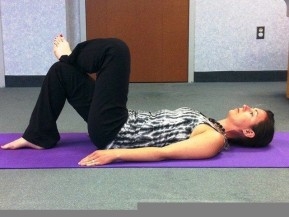
End position
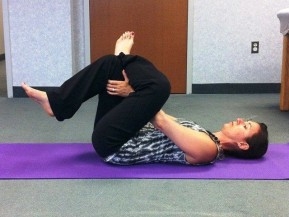
Hamstring Stretch
Start position
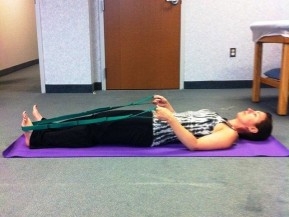
End position
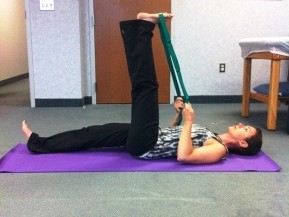
Estet-portal.com, as usual, warns: self-treatment without prior consultation with a specialist can cause even more harm to your health and exacerbate the existing problem. Therefore, before stretching the muscles of the lower back, we recommend that you have an examination by a qualified doctor.






Add a comment